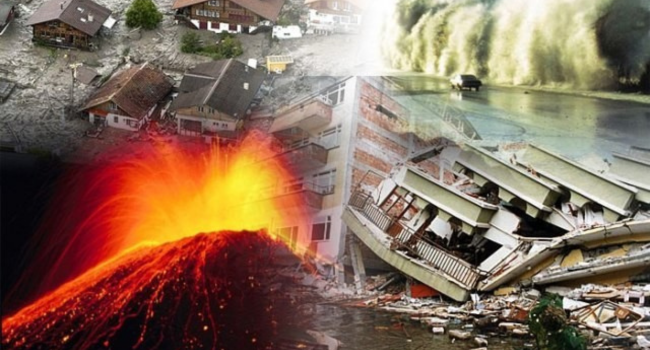Earthquakes, thunderstorms, floods: Natural disaster figures for the first half of 2023
The first half of 2023 is a continuation of the recent run of years with high losses. While the overall losses of US$ 110bn were lower than those in the first half of 2022 (US$ 120bn), they were still well above the average for the last ten years (US$ 98bn, inflation-adjusted). The same is true for the insured losses of US$ 43bn (previous year: US$ 47bn; ten-year average for half-year losses: US$ 34bn).
Less than 40% of overall losses in the first half of the year were insured – evidence of the large insurance gap that persists in many countries for multiple natural hazards. Insurers bore around 35% of worldwide losses in terms of the average half-year losses in the period 2013–2022.
Climate change and El Niño – 2023 could be the warmest year ever
“The effects of climate change are having a stronger and stronger impact on our lives. The first half of 2023 was characterised by record temperatures in many regions of the world, very high water temperatures in various ocean basins, droughts in parts of Europe, and severe wildfires in northeastern Canada,” said Ernst Rauch, Chief Climate and Geo Scientist at Munich Re. The global average temperature for June was the warmest ever recorded, up by more than 1.2°C compared to pre-industrial times.
“As in 2016, the natural climate phenomenon El Niño is playing a role in 2023. It is characterised by a temperature swing in the Pacific that influences extreme weather in many regions of the world and causes temperatures to temporarily rise further. All the same, research on global temperature trends is unequivocal: rising water and air temperatures worldwide are mainly driven by climate change, in turn causing more weather-related natural disasters and financial losses,” Rauch added.
Hurricane activity in the North Atlantic generally decreases during an El Niño phase. However, the exceptionally high water temperature in the main areas of hurricane formation, with values that are 1–2°C above the average, make it more likely that a greater number of storms will form in the season’s main phase starting in August. This makes it difficult to predict what the current hurricane season will be like.
Asia-Pacific: New Zealand hit by several disasters
In the Asia-Pacific region, natural disasters resulted in overall losses of approximately US$ 7bn, of which roughly US$ 3bn was insured. In New Zealand, high losses were caused by flooding following heavy rainfall, as well as Cyclone Gabrielle making landfall. Assets worth some US$ 4.3bn were destroyed, of which around US$ 2.9bn was insured.
Large areas of China and Southeast Asia suffered recurrent heat waves between March and June, breaking many local and seasonal records. Tianjin, a city with over 10 million inhabitants, measured a record high of 41.4ºC. For Asia as a whole, the months of February to June were the fourth warmest on record, as was June alone.
Cyclone Freddy claimed a large number of lives in Mozambique and other countries in southeastern Africa. Freddy was probably the longest active tropical cyclone since records began. It formed at the start of February to the north of Australia and then traversed the entire Indian Ocean. After making landfall in Madagascar, it meandered back and forth between Madagascar and Mozambique. The southeastern African country was then impacted a second time by the cyclone. Some 860 people lost their lives. Overall losses in Mozambique and neighbouring countries came to approximately US$ 1.5bn. Due to the very low insurance penetration in low-income countries, however, only a negligible portion of the losses was insured.




Leave a Reply